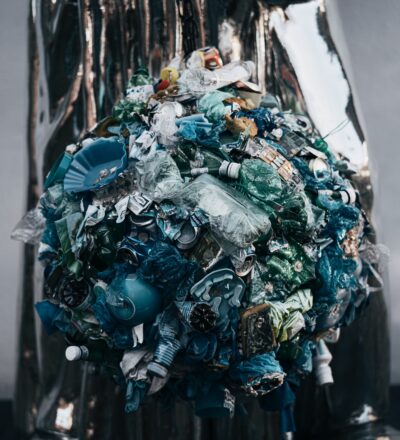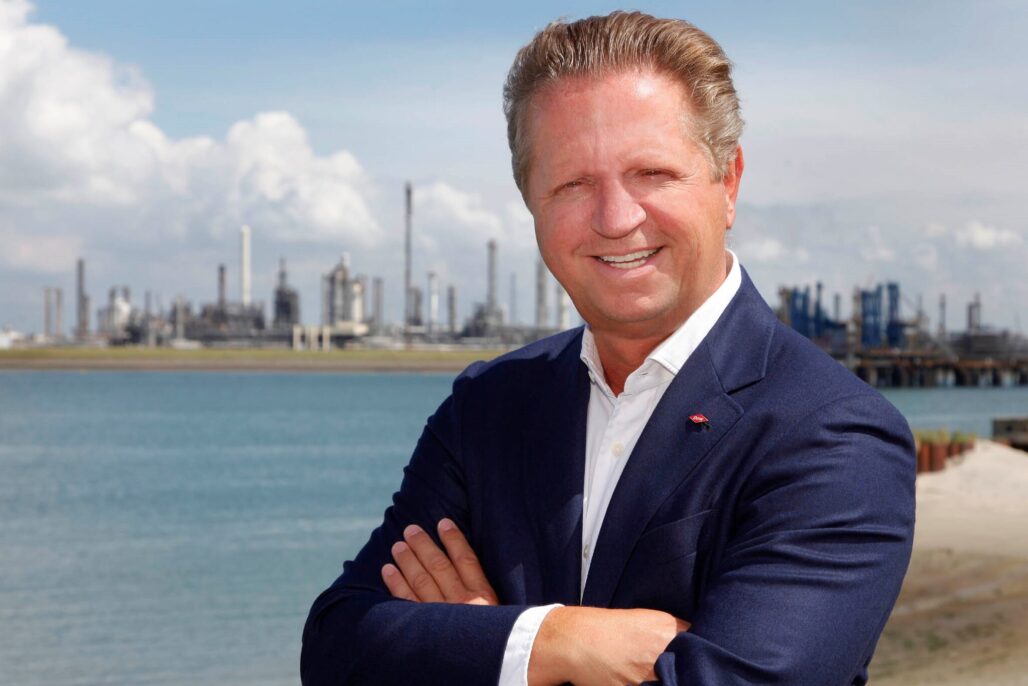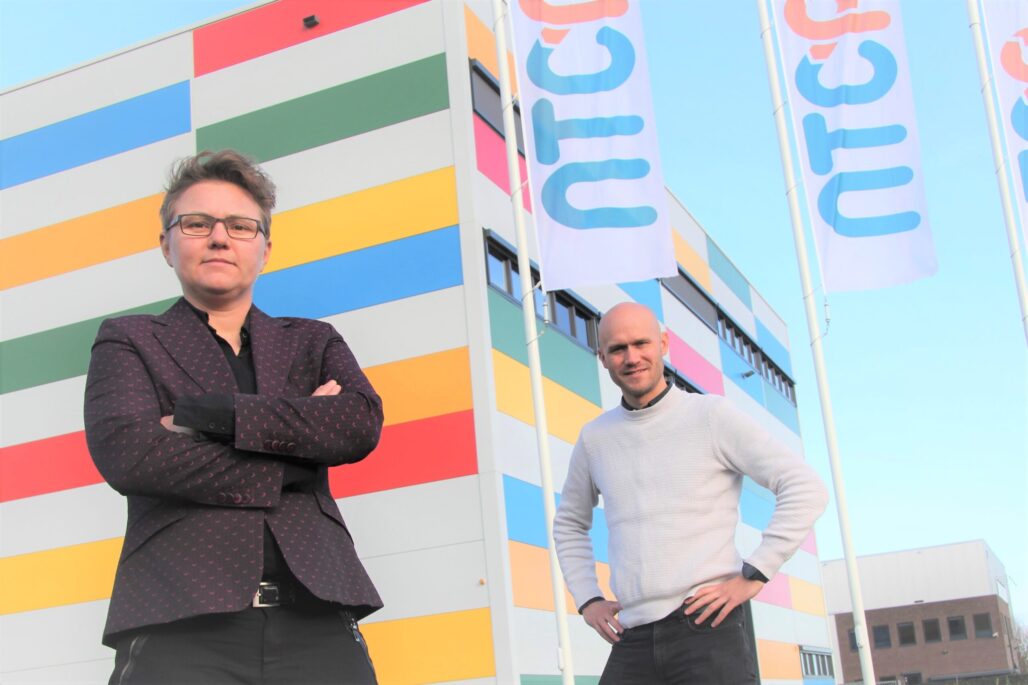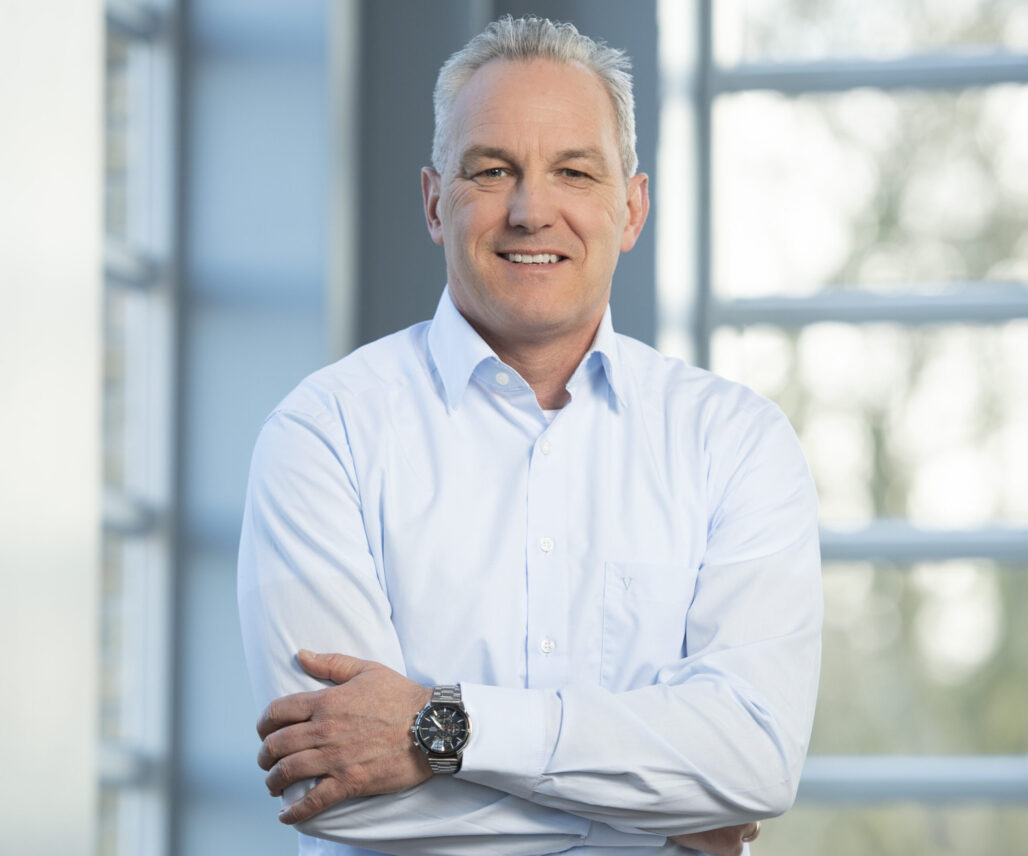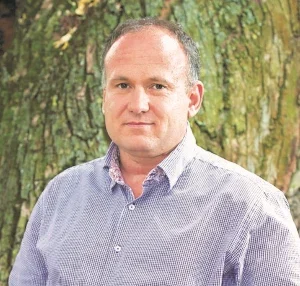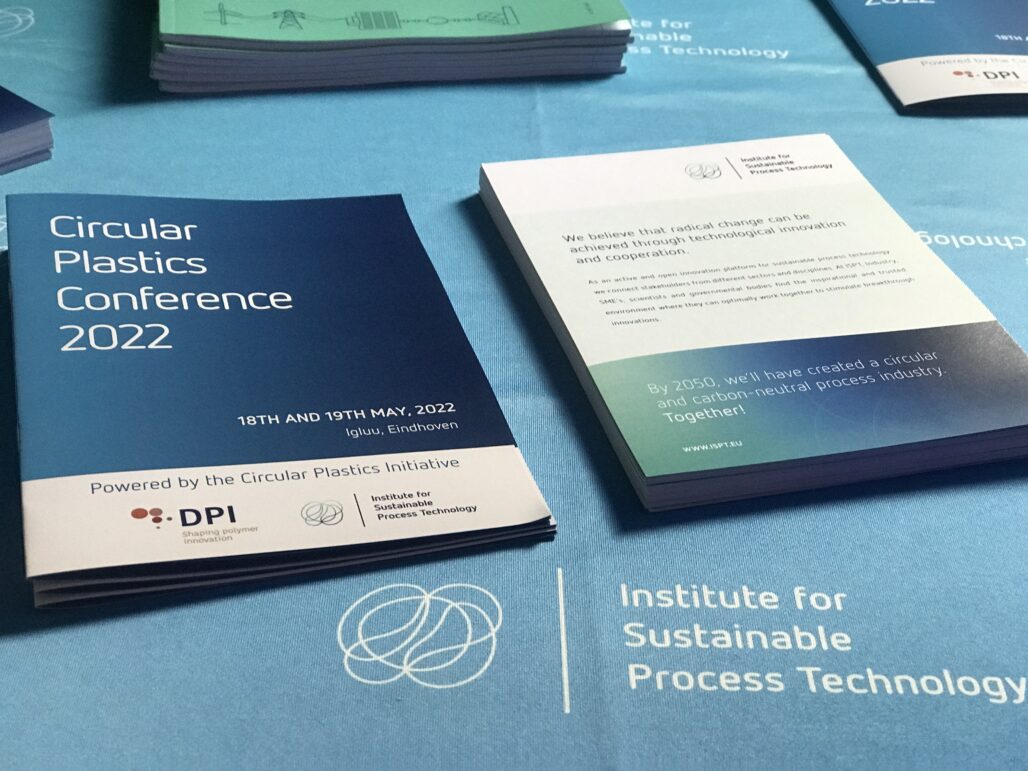Plastic is an essential material that plays an important role in almost all aspects of modern-day society. Yet, it also causes global waste. As our planet faces increasing environmental challenges, it has become imperative that we start recycling plastics in order to reduce the amount of waste that ends up in landfills and the natural environment, and to conserve finite resources. Therefore, the Netherlands has set a goal to recycle 50% of all plastics by 2030.
Luckily the Circular Plastics Initiative (CPI) and her partners are making great process in this area. What do experts say when we ask them: “How are we going to make plastics fully circular?”
These are our 5 best read articles on what is needed to make plastics fully circular, and more importantly: how to achieve that in the upcoming years.
#1 DOW Benelux: “Plastic is a nearly perfect material”
As one of the world’s biggest polymer producers, Dow Benelux is taking effort to tackle these problems by becoming one of the participating parties in the Circular Plastics Initiative (CPI). Anton van Beek, current president of DOW Benelux explains: “We have collectively created a waste culture. And that has to come to an end. We need to move to a circular economy in which waste – and in our case that’s plastic waste – becomes a resource again. Because all in all, plastic is nearly the perfect product: it is light, functional, relatively inexpensive and it has an efficient production process. To make it perfect, we have to achieve circularity in plastics.”
Therefore the goal of Dow Benelux is to develop solutions for the separation, processing and actual reuse of plastic waste. This dovetails with the Circular Plastics Initiative in which all relevant players in the value chain are at the table. Including NGOs, which are of course very important in this matter. “We – as producers – must learn to consider the full life cycle of our plastics. In this ‘design for recycling’, we have already made significant steps forward. Together with the CPI we hope to be able to set a standard that will enable us to be a global leader”.
#2: How NTCP contributes to closing the loop
At the National Test Center Circular Plastics (NTCP) several state-of-the-art technologies and facilities for sorting and separating plastic waste streams being tested and researched on an industrial scale. Thereby NTCP contributes to closing the plastic loop. However, NTCP director Martine Brandsma emphasizes that if we truly want to achieve plastic circularity, we need a different approach from a perspective of recovering potential resources instead of disposing waste.
“We are the first independent test and development organisation in Europe in the field of plastics separation. Today, we already work together in research projects with companies such as Dow and Shell, but also Albert Heijn, Unilever, Friesland Campina, you name it. Besides, we are working with the CPI to find suitable solutions on package on sorting and washing. With all participants we are considering the complete chain of plastic recycling. From there on we work together from an integral perspective, across the entire value chain.”
#3: Ronald Korstanje: “We need knowledge-based design”
How do we design products for proper recycling? This requires smart technologies and extensive cooperation within the entire chain. But besides that, according to Korstanje, we need to shift our efforts to knowledge-based design. “It would be good for producers and designers to have a wider view of the world than before. If you are involved in design, you should also focus on what can ultimately be done with that product in terms of recycling. This requires knowledge and cooperation.”
Today, one prominent issues that producers of plastic goods are facing is the fact that still too little is known to designers about collection, sorting (mostly additive and dye-based) and the latest developments in that area.
“For example, sorting technologies that allow one to efficiently sort raw materials for mechanical and chemical recycling are now (still) largely determined by newly designed products. Thus, new designs determine what collection and sorting models are needed. This underscores the degree of difficulty: do we start with the chicken or the egg?” An interesting question, that can only be answered if we start working together and map out the the different scenarios collectively.
#4: Why are we still burning plastic?
In the current state, at least one-third of all plastic still ends up in the furnace to be burned. The share of total plastics being fully recycled is only 9%. This data shows that we are still far from there yet. In the coming years, we should therefore focus on recycling more, but also on recycling higher quality plastics.
At the moment, the most frequently used method for the recycling of plastic waste is mechanical recycling. This method has been used for many decades, says Sascha Kersten, scientific director of the CPI. “But 75% of household waste plastic can not be reused in this way.”
Therefore, we also need chemical recycling, which happens through pyrolysis. That way, the waste can be converted into an oil that can serve as the starting material for new virgin plastic. On a surface level, mechanical recycling is more environmentally friendly, Kersten explains. “But you can only apply that a few times. And in the process the quality suffers. Chemical recycling, instead, breaks the polymer down and creates new virgin plastics: an unmissable link for the circular economy.
#5: How to make circular plastics feasible and affordable?
In addition to the development of chemical and mechanical recycling technologies, it is important that circular plastics are feasible and affordable for industrial companies to use in their production processes. This will require collaboration between businesses, policymakers, and innovators to create a circular economy for plastics, where waste is minimised and materials are reused, ensuring the long-term sustainability of our planet.
Within our program and during last year’s conference, CPI has observed that numerous companies are acknowledging their responsibility and taking proactive steps towards developing more recyclable plastics, which will ultimately create a chain of interdependence among different stages.
Annual Circular Plastics Conference
If there is one thing that has become clear, it is that through collaboration, the traditional linear business model of our society can be challenged, paving the way for a faster transition towards a circular plastics economy.
We need to optimize recycling across the entire chain, each step of the process must be accountable for their role in achieving optimal recycling to ensure it remains affordable. Our annual Circular Plastics Conference will go in-depth about how to realise this ambition.
